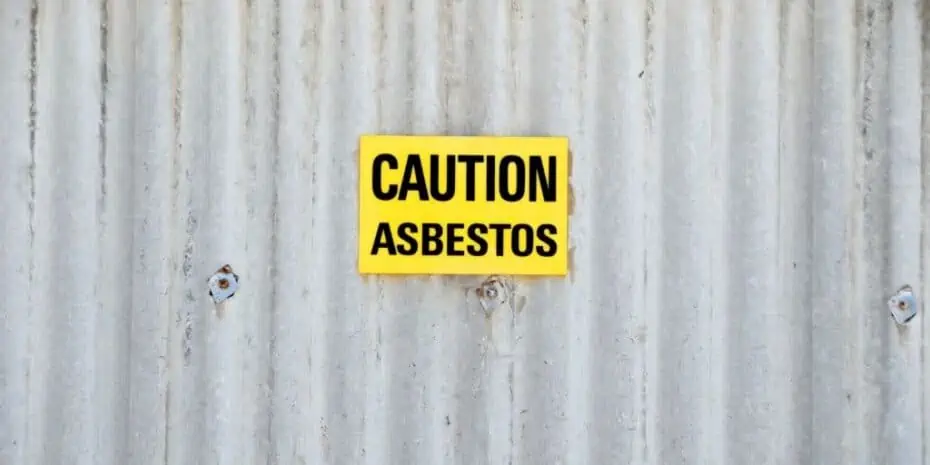What Is Functional Obsolescence?
REtipster does not provide tax, investment, or financial advice. Always seek the help of a licensed financial professional before taking action.
An Overview of Functional Obsolescence
When something is “obsolete,” it means that it has gone out of style and a better function or utility has replaced it. This is usually a result of advancing technologies or changes in market preferences.
In other words, an obsolete item has lost its value because something else can do what it originally did more efficiently or effectively.
The best way to illustrate this concept is to consider the way people consume video content and how it has changed over the years[1]:
- In the mid-1970s, people watched videos using VHS tapes[1].
- By the 1990s, VCDs have replaced VHS tapes, making them obsolete.
- The same happened in the early 2000s, when DVDs made VCDs obsolete.
- In the mid-2010s, Netflix and other streaming services have mostly made DVDs obsolete.
In most cases, functional obsolescence is inevitable. This is one reason companies that want to stay relevant over the long term must account for it when planning their business.
The term “functional obsolescence” is also used in many industries, including real estate.
Functional Obsolescence in Real Estate
In real estate, functional obsolescence is a decline in property value due to out-of-date features or architectural designs that cannot be changed in any practical way. Real estate can also exhibit functional obsolescence if it no longer aligns with current consumer standards and market tastes[2].
For example, consider a 1950s two-bedroom, one-bathroom bungalow in a neighborhood whose standard is a five-bedroom, three-bathroom duplex. Whether due to cost concerns or space limitations, it is practically impossible to upgrade the property to include more rooms or bathrooms.
Therefore, the old bungalow has become obsolete, no matter how historic or in good condition, because it no longer has the features that buyers want and expect from a modern unit.
What Factors Make Real Estate Functionally Obsolete?
Several factors can make real estate functionally obsolete or behind the times. Here are five of the most common:
1. Neglect
Properties with any kind of structural improvements need regular maintenance, especially if the owner intends to put the property on the market soon. Without proper maintenance and occasional updating of fixtures and utilities, the property degrades much more quickly.
2. External Factors
External factors are mostly outside of one’s control. Examples are changes in home buyer preferences, market conditions, or even zoning regulations.
For instance, a house that used to be in a quiet part of the suburb but is now fronting a busy road will become less attractive to buyers. This scenario means its owner has to put up with noise and traffic, thus making the property’s original and unique selling proposition—peace and quiet—functionally obsolete.
In the same vein, residential or commercial properties next to industrial sites will eventually become functionally obsolete due to pollution, making the properties less desirable[3].
In many cases, these changes occur gradually or can be seen a few years ahead, giving savvy property owners and real estate investors ample time to plan for them.
3. Out-of-Place Construction
Sometimes a property may be deemed functionally obsolete when it stands out in a neighborhood for the wrong reasons. The 1950s bungalow cited above is an obvious example, but it can also happen in other circumstances.
Another instance is low-income housing in an affluent community. Low-income apartment buildings are functionally obsolete in this case because they are out of place. Not only can this make the building functionally obsolete, but it can also affect the perceived value of the surrounding area, thus forcing prices down for all properties in the near vicinity.
4. Lack of Modern Conveniences
With all things being equal, buyers will typically want modern conveniences for their primary residence. These wants vary based on the buyer’s financial capacity and personal preferences, but most include updated kitchens and energy-efficient appliances[4]. Properties without these features tend to be overlooked.
5. Physical Deterioration and Safety
Homes with serious physical deterioration are neither desirable nor functional. This automatically makes them functionally obsolete, not to mention unsafe. For example, old houses that use asbestos for their construction materials are functionally obsolete due to safety concerns[5].
Types of Real Estate Functional Obsolescence
There are three primary categories of functional obsolescence in real estate.
Incurable Functional Obsolescence
This is when “fixing” the functional obsolescence affecting the property is simply not a practical option. For instance, there is no practical way to remedy the functional obsolescence of a residential property located beside a nightclub or along a busy highway.
Even if the homeowner wanted to make certain changes to increase the appraisal value, the improvements might be too cost-prohibitive, deeming the obsolescence incurable.
Curable Functional Obsolescence
This is when there are practical options to address functional obsolescence. For example, if the main issue with the property is the color, repainting it can effectively fix the problem.
In terms of impact, curable functional obsolescence may have little to no effect on the property value, depending on the extent of the obsolescence.
In any case, as long as the property owner or manager can remedy the factor behind the functional obsolescence, the property value should eventually rise to be at par with similar properties in the area.
Superadequacy
This is when the property owner goes overboard with home improvements to increase value, which ironically lowers it instead. Here, functional obsolescence occurs when the property has too many unnecessary features.
It may also be a case of the property’s new value being too high relative to its location. Homebuyers may be unwilling to shell out huge amounts for such a house if other houses in the same neighborhood are selling for far less.
Appraising Functional Obsolescence in Real Estate
There are several ways to approach the appraisal for functional obsolescence in real estate properties. The most popular ways are the cost approach and the sales approach.
In the cost approach, the appraiser considers the dollar amount required to bring the property valuation back to market standards[6]. In other words, how much would it cost to fix the issue causing the functional obsolescence? Alternatively, if a feature has recently gone obsolete, how much would replacement cost?
On the other hand, the sales approach involves comparing the value of the functionally obsolete property home with similar homes on the market[7]. This is more challenging since the appraiser will need to understand the features of the comparable properties and visit each one to conduct a proper comparison.
Are There Any Benefits of Functional Obsolescence?
While it may seem like a functionally obsolete property is problematic, it may actually have a niche benefit in real estate investing. For one, the property value is lower and therefore more affordable. Also, these properties tend to sit on the market for longer, which gives the potential buyer more negotiating power.
That said, it is important for an investor looking for deals not to get too attached to properties with big incurable issues, such as poor location and antiquated structures. In most cases, lenders may be unwilling to release loans for properties with glaring issues of functional obsolescence[8].
Takeaways
- In real estate, functional obsolescence is when real estate loses its desirability or value due to an outdated feature or design that cannot be easily altered or updated. It can also occur if the property fails to align with current market standards and buyer expectations.
- There are three main types of functional obsolescence in real estate—curable, incurable, and superadequacy.
- Neglect and external situation changes are the primary causes of functional obsolescence in real estate.
- In some cases, functional obsolescence may be beneficial to potential buyers because it allows them to get the property at a more affordable rate.
Sources
- Key West Video. (n.d.) From VHS to MP4: A Timeline of Video Formats. Retrieved from https://www.keywestvideo.com/corporatevideoblog/video-formats-timeline/
- Study.com. (n.d.) Functional Obsolescence in Real Estate: Definition & Example. Retrieved from https://study.com/academy/lesson/functional-obsolescence-in-real-estate-definition-example.html
- Corporate Finance Institute. (n.d.) Functional Obsolescence (Real Estate). Retrieved from https://corporatefinanceinstitute.com/resources/knowledge/finance/functional-obsolescence-real-estate/
- Merrill, T. (2021.) What Homebuyers Want: The 10 Most Important Features. Retrieved from https://www.thanmerrill.com/the-5-most-important-features-first-time-homebuyers-want-this-spring/
- Mesothelioma Hope. (n.d.) Asbestos Bans. Retrieved from https://www.mesotheliomahope.com/legal/legislation/asbestos-bans/
- Spool, P. (n.d.) Estimating Functional Obsolescence. Working RE News Edition. Retrieved from https://www.workingre.com/wp-content/uploads/2013/10/Estimating-Functional-Obsolescence-NE.html
- Coleman, J. (n.d.) Functional Obsolescence in Real Estate. Real Estate Career HQ. Retrieved from https://realestatecareerhq.com/functional-obsolescence/
- Ejim, E. (2022) What Is Functional Obsolescence? Wisegeek. Retrieved from https://www.wise-geek.com/what-is-functional-obsolescence.htm










